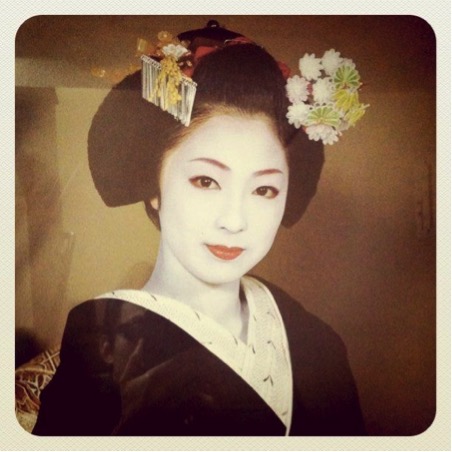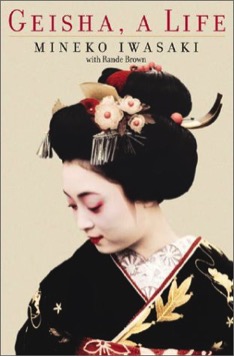For many, the idea of a geisha is wrapped in myth, mystery and a hefty dose of misinformation. A lot of that comes from a book/movie: ‘Memoirs of a Geisha’.
The Important Interview with Mineko Iwasaki
But not many of us know that the geisha on whom that book was based, who was interviewed, was Mineko Iwasaki. Arthur Golden, author of ‘Memoirs of a Geisha’, interviewed Iwasaki, however he allegedly produced a false picture of her narration and was sued by her. According to Iwasaki, Arthur gave the world a completely wrong picture of what it meant to be a geiko – a geisha in Kyoto. The lawsuit was settled out of court.

Capture of Geisha’s Emotions
Then Mineko Iwasaki did something better. She wrote her own memoirs. Stylistically, there are problems with her book, published as ‘Geisha of Gion’ in the UK, and ‘Geisha, a Life’ in the US. The writing is often rather clinical, and transitions from one situation to another can be choppy. It doesn’t read very much like a memoir. When you think of a memoir, you think of something that makes you feel what the author felt, and you don’t expect as much factual accuracy as you might from an autobiography. You expect everything to be coloured by the emotions and perceptions of the author and protagonist. This book feels far more like an autobiography in that it’s not overly emotive.

The Truth Behind the Lies
The subject is something that’s difficult to come to grips with. ‘Memoirs of a Geisha’ uses a more relate able plot – one which is apparently untrue – where the young child has no great choice in what she becomes and decides to become the best she can be because not being the best means she might become irrelevant and unimportant.
The real story, according to Iwasaki, is of a young girl, only five years old, who chooses to go to an okiya. She chooses at seven to be adopted by the okiya, and makes her own decisions. The way of life is something we will find difficult to accept unless you think back to the time of the gurukul system. Young children were sent away to live with their teachers, and it was the way of life. So it is for a young girl who might become a geiko. Her parents will come and visit her, but those visits will be short and monitored. Iwasaki loved to dance, and that is one part of the book that is truly emotive. That love does shine through.
Selling Point
The one big selling point of ‘Memoirs of a Geisha’ was the mizuage – the young maiko’s virginity being sold off to the highest bidder. Iwasaki points out that that is completely untrue. It happens in the world of the oiran, not geisha, and it makes no sense since geishas make far more money being geishas than they could from sleeping with anybody. Approaching a geisha that way was not acceptable, either.
If you read ‘Memoirs of a Geisha’, and thought you understood something about the life of a geisha, you should read this book, a far more accurate depiction of that life, written by the woman considered to be the most successful geisha of all time.
Comments
Powered by Facebook Comments

